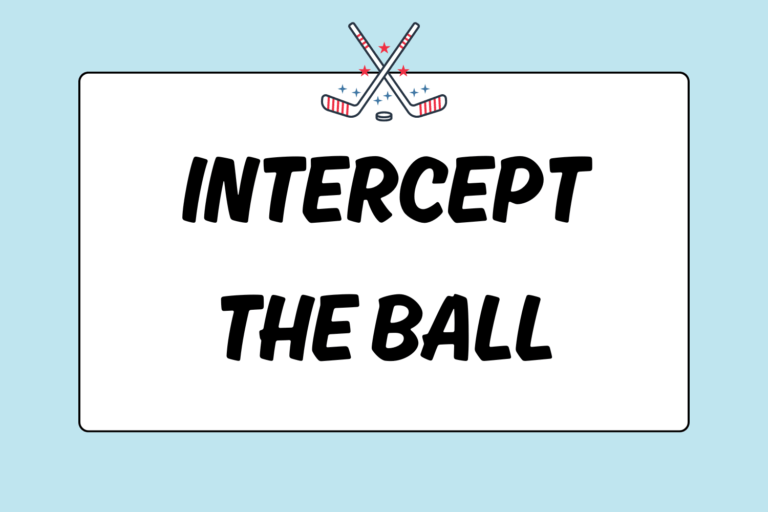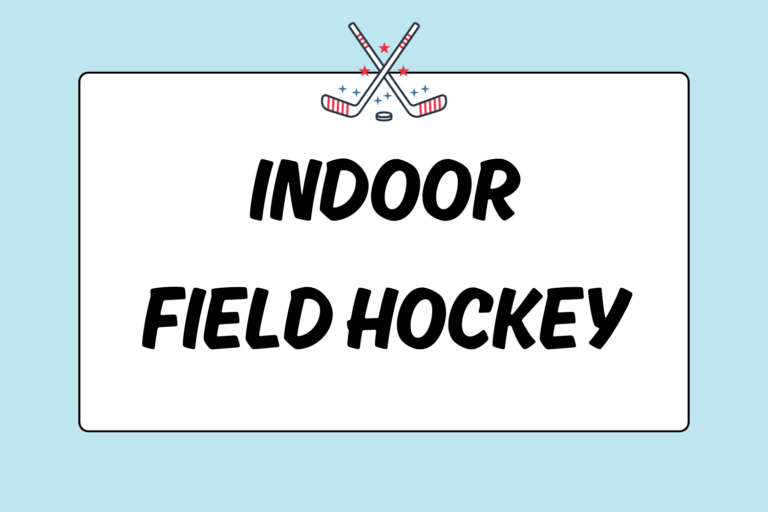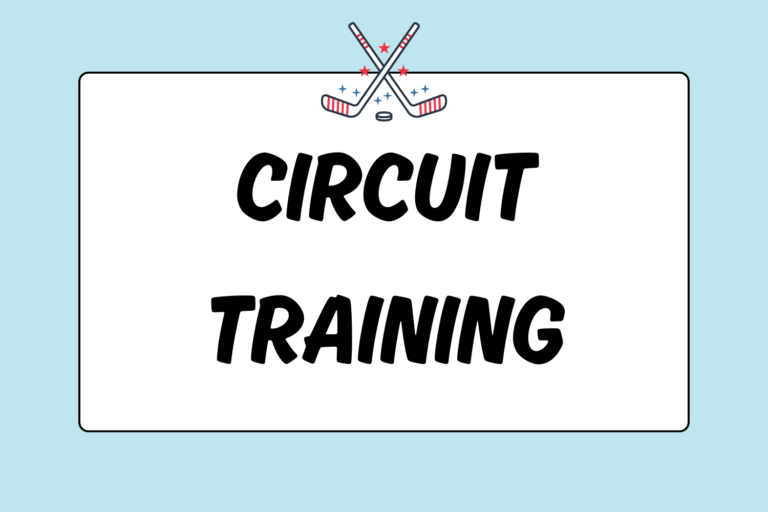Great field hockey players understand that a team filled with skilled individuals is not as effective as a team that plays together. That means you have to support your teammates. A supportive team, along with team chemistry, will lead to more passes, shots, and goals. Therefore, how you move the ball and how you move when you don’t have the ball is incredibly important.
In field hockey, the offensive line is known as the “forwards.” There are generally three forwards — right, center, and left — and their jobs are to score. Supported by their midfielders, forwards should always be awaiting a pass to make a play towards the goal, and every field player should be looking to pass to them. But, fully understanding the mechanics of the game comes with experience. Lucky for you, this guide will teach you how to play forward by explaining the simple, yet complicated concepts of playing offense.
Positioning
Teams vary the number of forwards on the offensive line; however, the principles in this guide will work with any number. For informational purposes, and for ease of understanding, this guide will use a three man offensive line setup with a left, center, and right forward position.
The forwards generally cover, but are not limited to, the right, left, and middle of the offensive field. For example, the right forward will typically stay closer to the other team’s goal and she will cover the right side of the field. However, depending on the ball, any forward’s position can shift. As a forward, be aware of the ball, the offensive goal, and your spot on the field at all times.
Right Forward
The right forward is responsible for covering the right side of the field. As a right forward, the midfielders will generally send the ball to space (somewhere ahead of you) so that you can run onto it and continue towards the goal. Be aware that your job is to win any 50-50 balls (a situation where you and another player have an equal chance of gaining possession of a loose ball) on the offensive side of the field.
The right midfielder may also work with you to bring the ball up the field with give-and-go passes. In give-and-gos, you are constantly passing the ball in front of each other in order to work the ball up the field.
In the Circle
If you find yourself in a position where you have beaten the defender and are approaching the shooting circle, either cross the ball to the top of the circle or the penalty spot mark. It is easier for the right forward to cross the ball into the circle than the left forward because the right forward already has the ball positioned on her strong stick. If the ball is on the opposite side of the field, pinch in towards the center to open yourself up for more passing options. As the right forward, you may also do a baseline run towards the goal. For a baseline run:
- Dribble the ball along the end line, positioning the ball between the end line and yourself.
- When you reach the goal, do not shoot. Instead, pass the ball to the penalty flick mark for a teammate to take a shot on goal.
Hot Tip: Draw the Foul
If you can’t get a clear shot on goal, draw a foul inside the circle. If you can provoke the defense into committing a foul, your team will be awarded a short corner and your team will gain a power play. So, keep the ball on your stick and dribble. The defense will try to tackle you and will be more likely to make a mistake.
Left Forward
In field hockey, the ball is played more often on the right side of the field because every player’s strong side is her right side. So naturally, the ball will be played there. If you are the left forward (whose main responsibility is to cover the left side of the field) and your team is working the ball up the right side of the field, leave the far left side and pinch the middle of the field. By doing this, you involve yourself in the play.
Near the Goal
If you are the left forward and you’re near the goal, be prepared for possible deflections near the left post. Also, when the ball is worked up the right side, stay ready at the top of the circle. You’ll be able to pick up the cross from the center or right forward and take an easy shot on goal.
Center Forward
As the center forward, your goal is to score and support the outside wings (the right and left forwards). Your zone is the middle of the field, but if the ball is on the right side of the field, you will move to support that forward. Use the same strategy if the ball moves to the left side.
On Goal
On crosses and shots in the shooting circle, cover the front of the goal. If either the left of right forward crosses the ball to the center of the field, you should be stationed at the penalty flick mark, ready to deflect shots into the goal.
If you have possession of the ball, as soon as you cross into the shooting circle, take a shot on goal. Your position requires you to be the striker — always ready to take accurate shots on goal.
Rebounds
A rebound is anything that hits the goalie’s pads and comes back into the circle for play. Every forward should always be picking up the rebounds:
- The center forward should be in front of the goalie (on her pads), ready to pick off anything in front of the goal and redirect it in.
- The right and left forwards should stand near the right and left posts ready for any possible rebounds. They should also be moving around, trying to draw their defenders out of the goal to create space for clear shots.
And remember, if you keep your stick down inside the circle, it will be easier to stop rebounds.
Defense on Offense
As a forward, it is also important to know how to defend. This will help keep the ball in your team’s offensive zone. When the ball is within your defensive 25-yard zone, every forward needs to defend the goal with man-to-man marking.
Cross, Shoot, Score
If your offensive line is always supporting one another, your team will score more goals and create more opportunities inside the offensive zone. Be sure to make smart passes. Moving to create passing options for the player with the ball is more important than what you do when you have possession of the ball. So, always think of how you can support your teammates before thinking of how you can help yourself. Offense is fun! Once you master these strategies, you will be taking shots and scoring in every game.





